I have four updates, one of which includes an apology.
| South Carolina Antiquities Paper The first salvo of analysis related to the Kirk Project comes in the form of a paper in South Carolina Antiquities titled "A Preliminary Analysis of Haft Variability in South Carolina Kirk Points." The paper uses morphometric data from 46 Kirk points, considering shape variability in the haft regions and asking which dimensions of that variability are most likely to be linked to change through time. The majority of the points are from the Larry Strong collection (from Allendale County, South Carolina), a surface assemblage that was presumably created over a long span time of time. I compare variability in the Larry Strong points to variability in points from the Nipper Creek cache (Richland County, South Carolina), which was presumably created over a very short period of time. You can find a link to the paper on my Annotated Journal Articles page. Eventually I'll add files with the data I used in the analysis. |
| Morphometric Analysis on Two Tracks Although based ultimately on 3D models, the analysis in the South Carolina Antiquities paper was done in 2D. I will continue working with the 3D models I'm producing, finding ways to capitalize on the richness of those data. At the same time, however, I plan to pursue a large scale 2D analysis that will allow me to make use of the large amount of data that I collected for my dissertation. I've begun organizing and posting the "rough" scaled images of Kirk points from my Midcontinental data set by state here. It will take me a while to get all those photos in order, as there are over 600. Once the images are assembled, I will be able to extract and analyze comparable 2D shape data from all the Kirk points in my dataset. At that point, we can finally start addressing questions about patterns of Kirk variability across large expanses of space. With a system in place, it will be much easier to feed new points from other regions into the analysis. That brings me to my next update . . . |
| Apologies for My Sluggishness, Alabama . . . and Tennessee . . . and Georgia . . . As I wrote several weeks ago, a mention of the Kirk Project in the newsletter of the Alabama Archaeological Society spurred several people to contact me about their collections. I have continued to get emails, but I haven't yet started assembling them in an attempt to take advantage of the offers for help and information. Starting to get back to people is next on my "to do" list today. I truly appreciate the communication, and I apologize for not responding to everyone in a more timely manner. The "zero inbox" grail has always eluded me. It's a personal failing. |
| Processing a Large Collection from Aiken County, South Carolina Over the holiday break, SCIAA received a large, donated artifact collection from Aiken County, South Carolina. Processing the entire collection (which has taken over much of my lab) is a long term proposition. One of our highest priorities is inventorying and labeling the Paleoindian and Early Archaic materials so that we (by "we" I mean primarily Al Goodyear, Joe Wilkinson, and myself) can include them in analyses. Look for those materials to be incorporated into the Kirk Project in the future. |
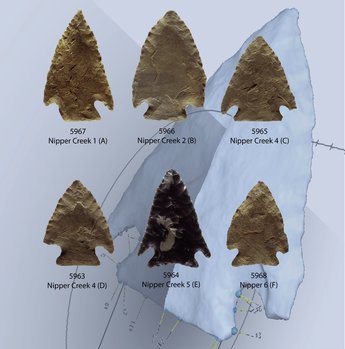
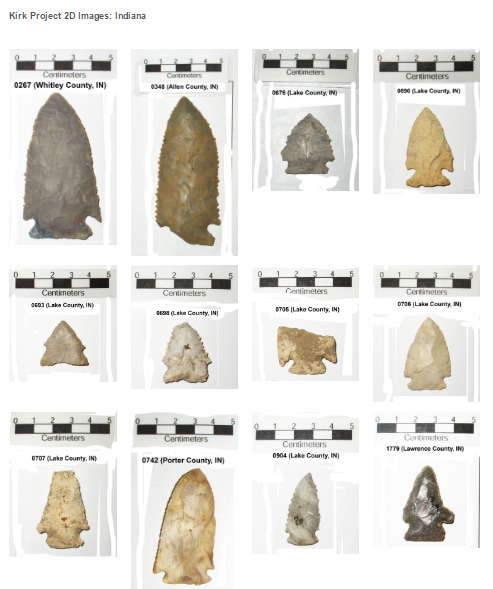
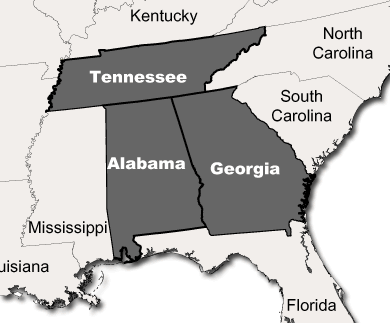
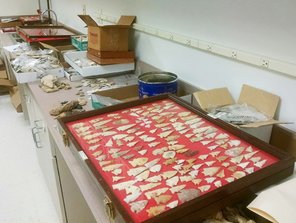
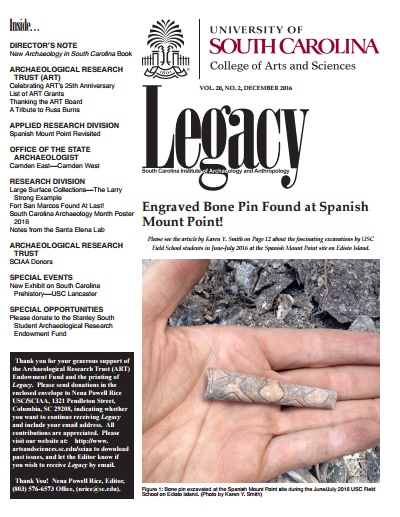
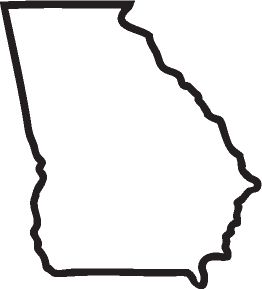

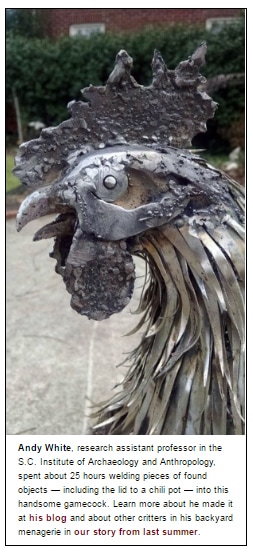
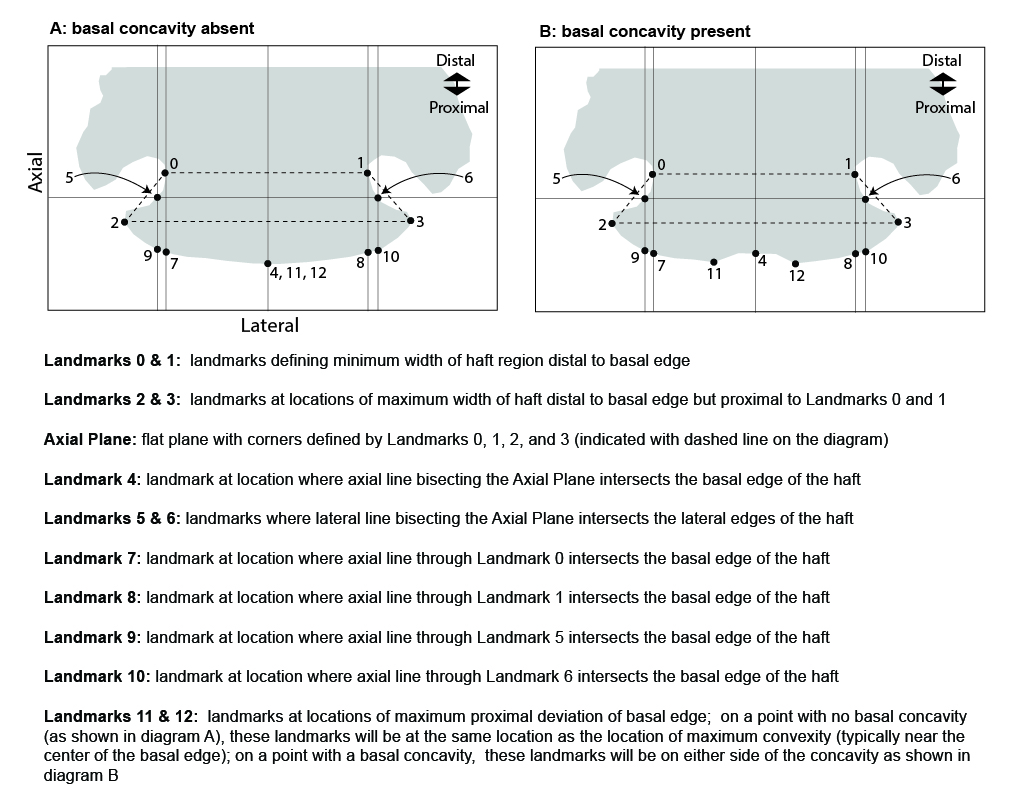
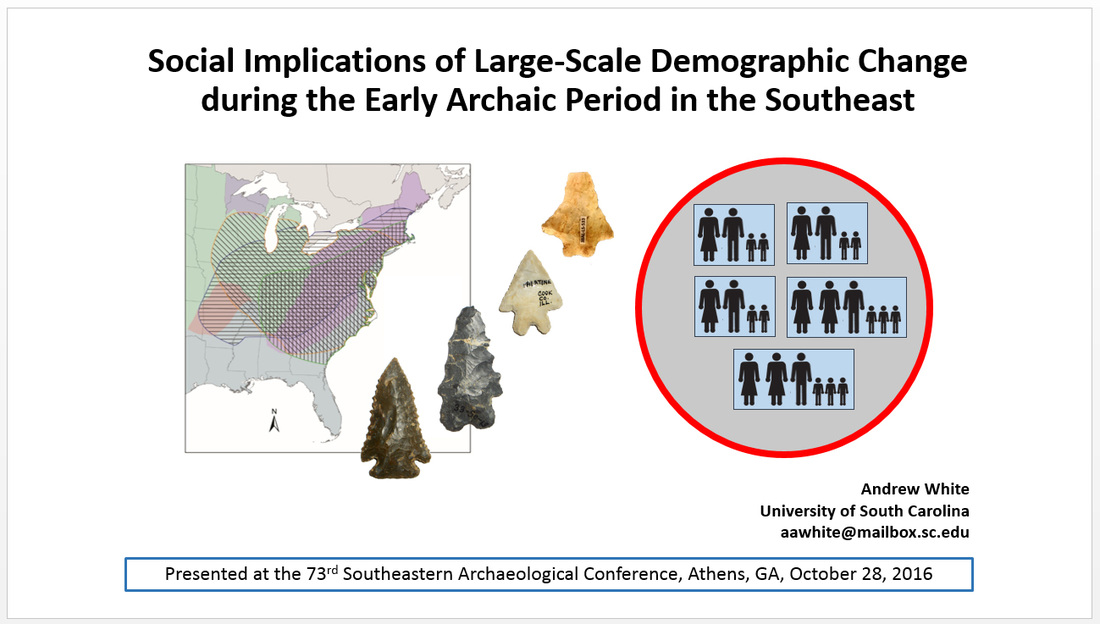
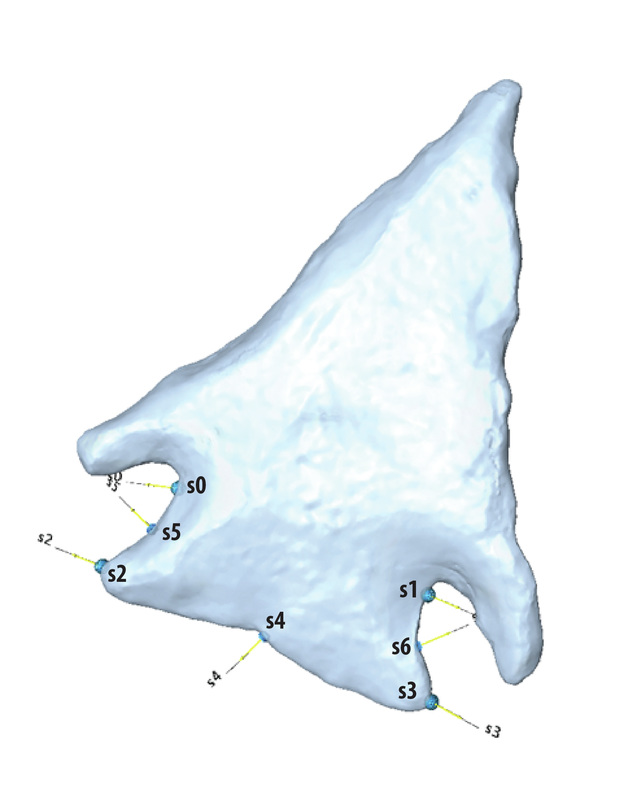
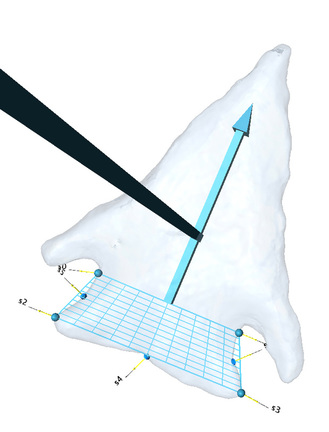
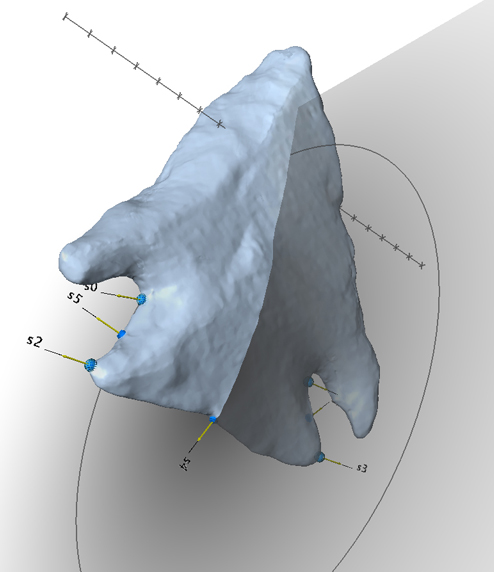
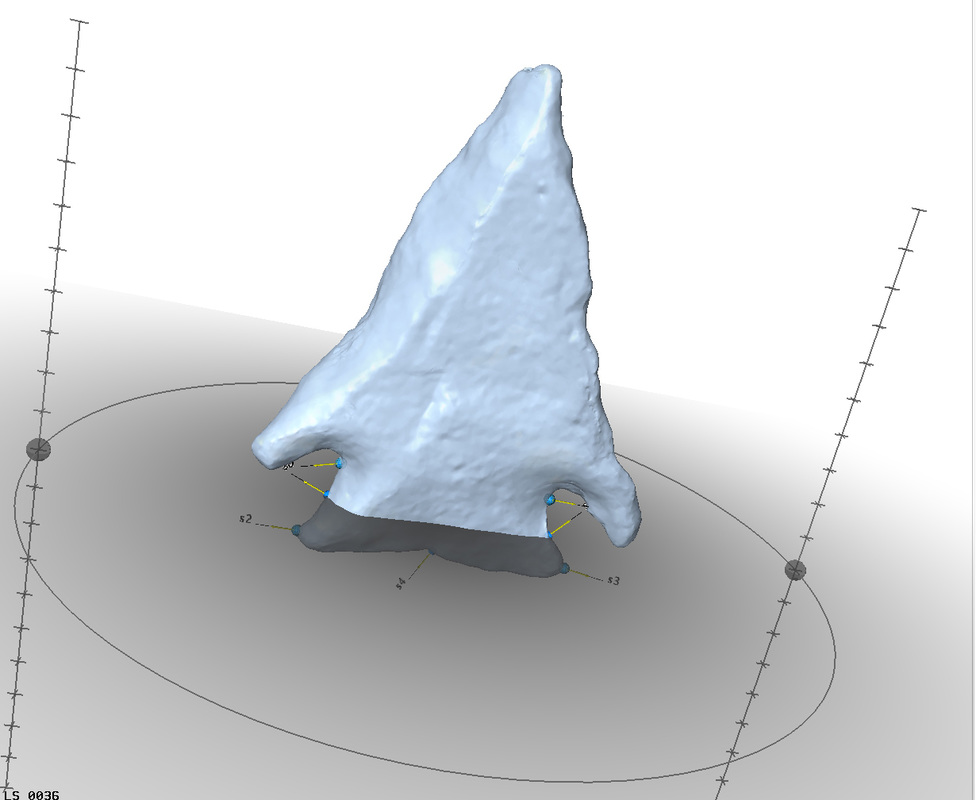
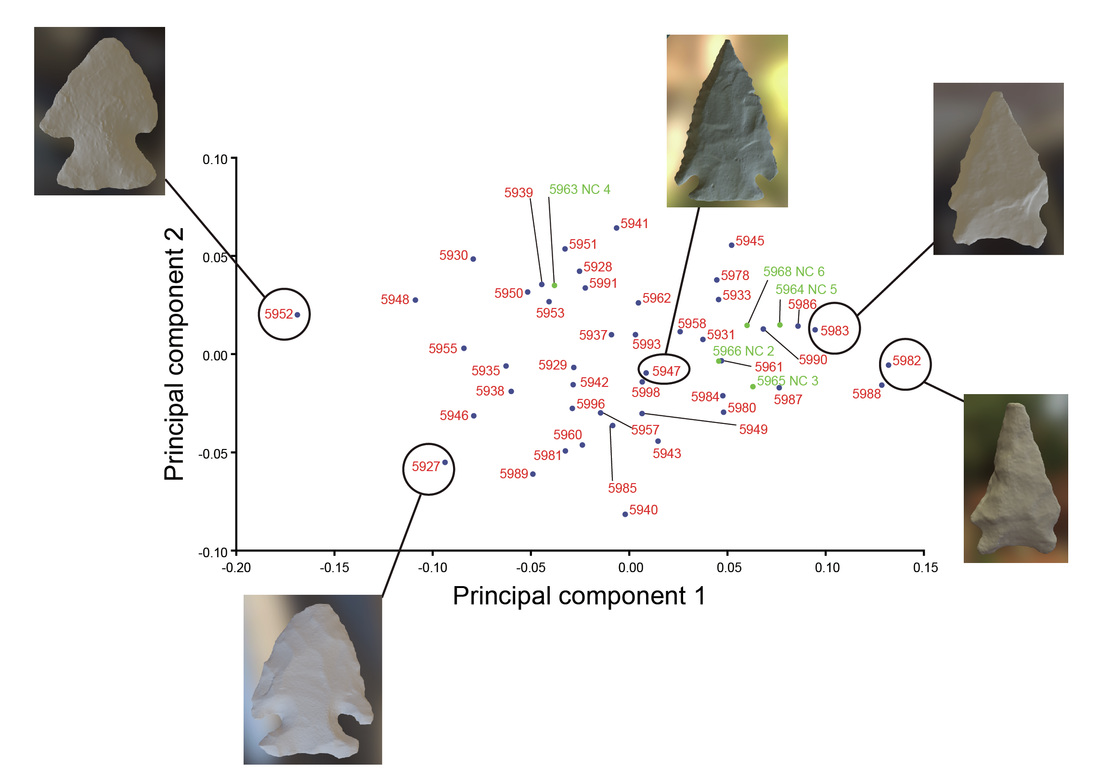
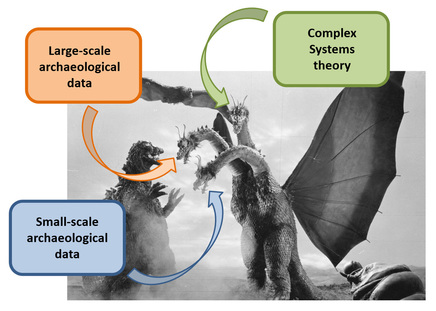

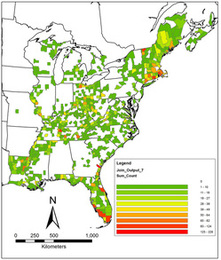
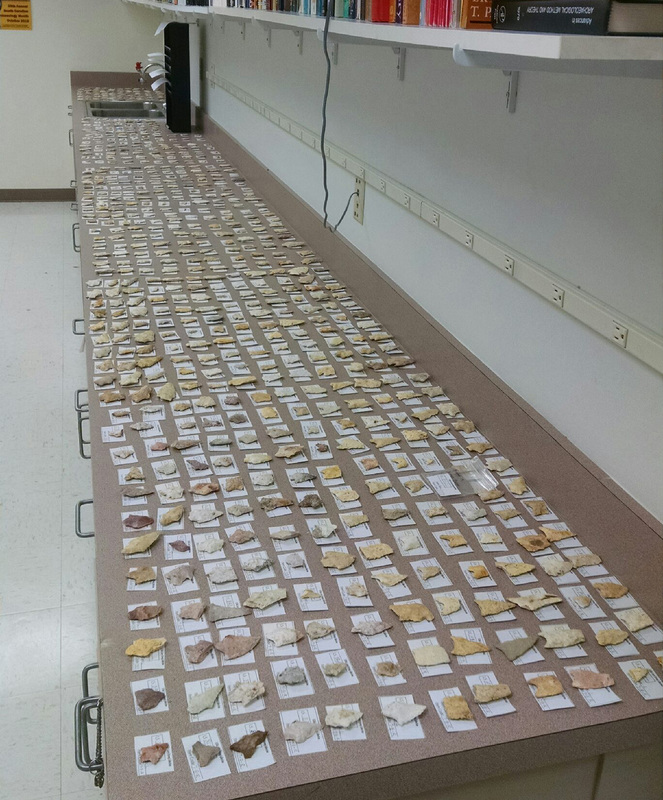

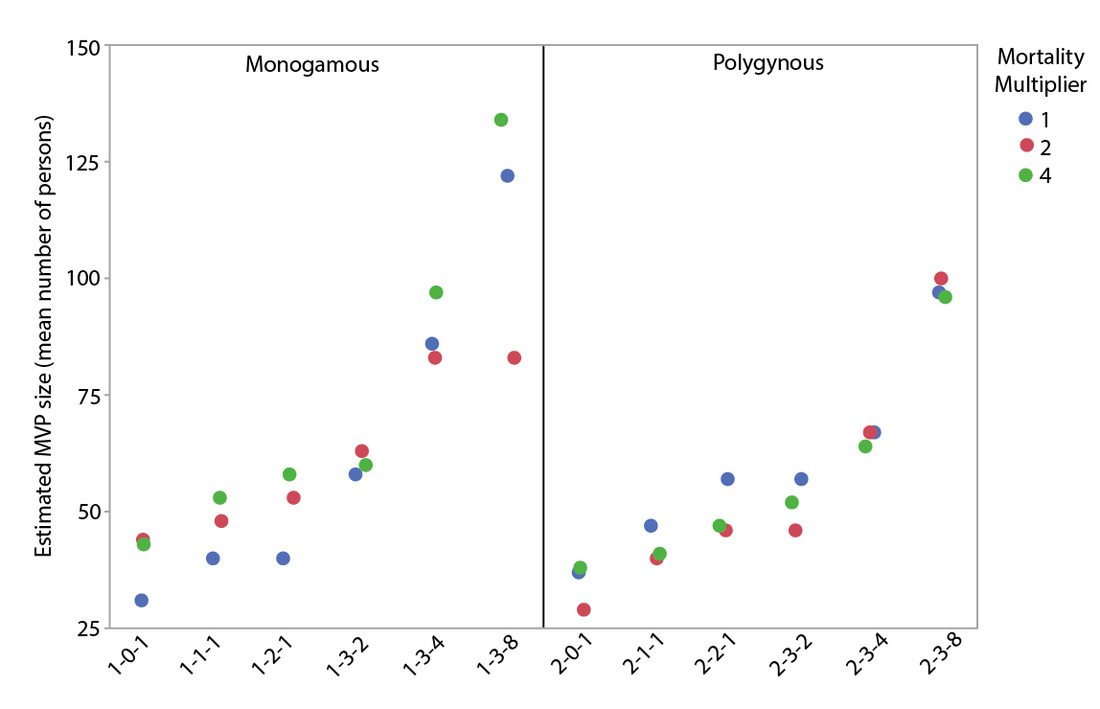
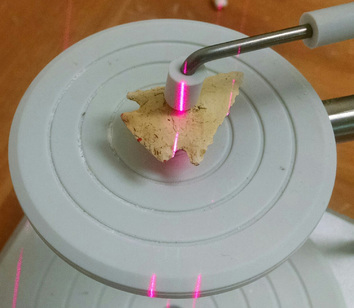
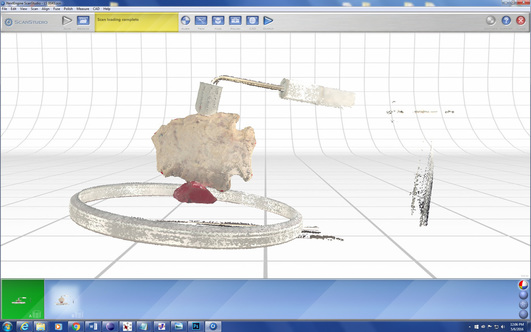
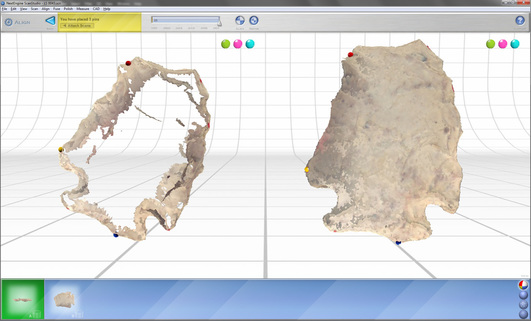
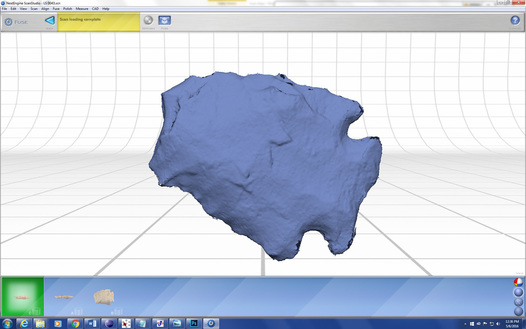
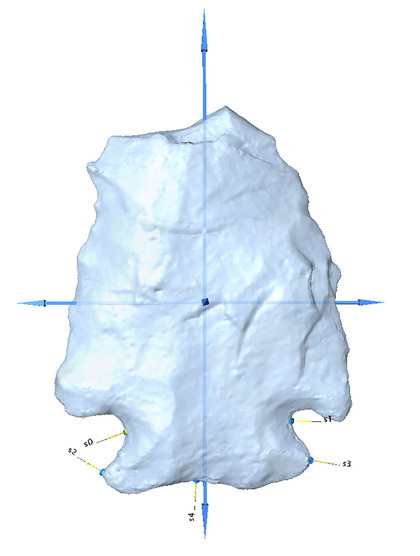
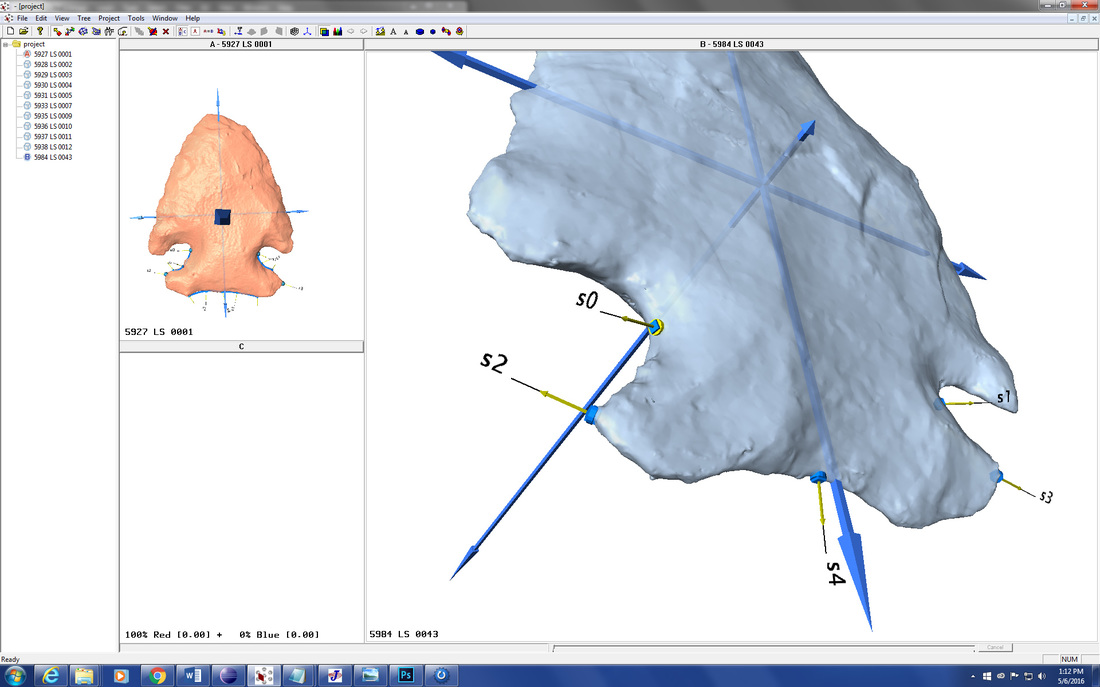

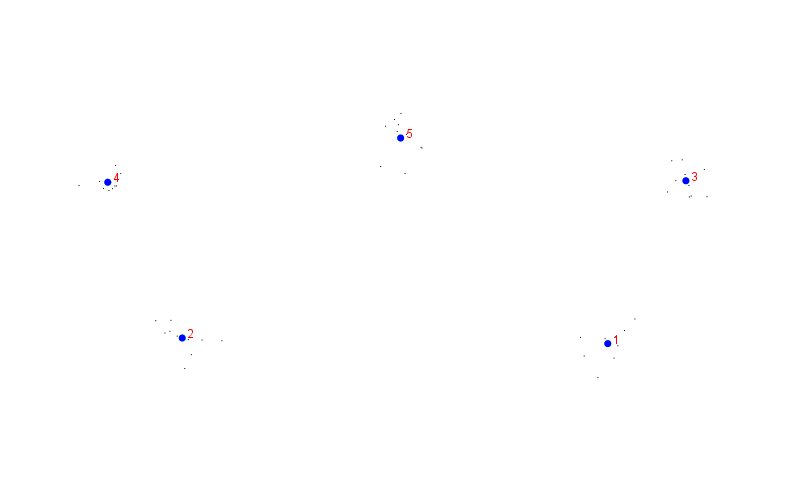
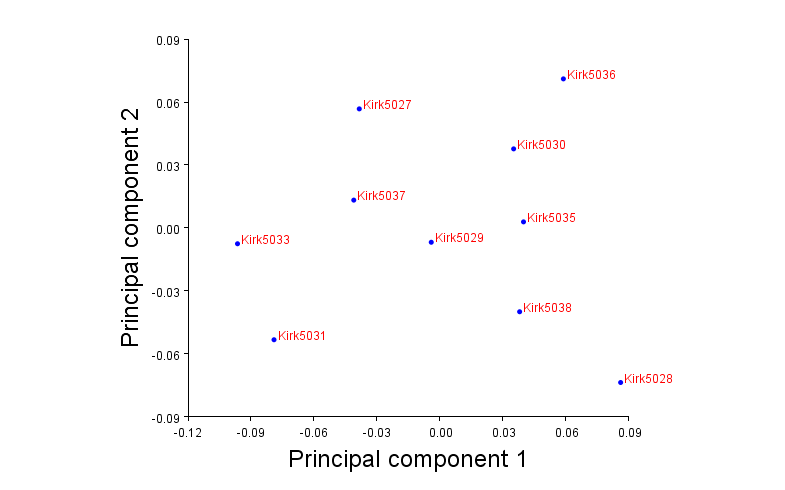
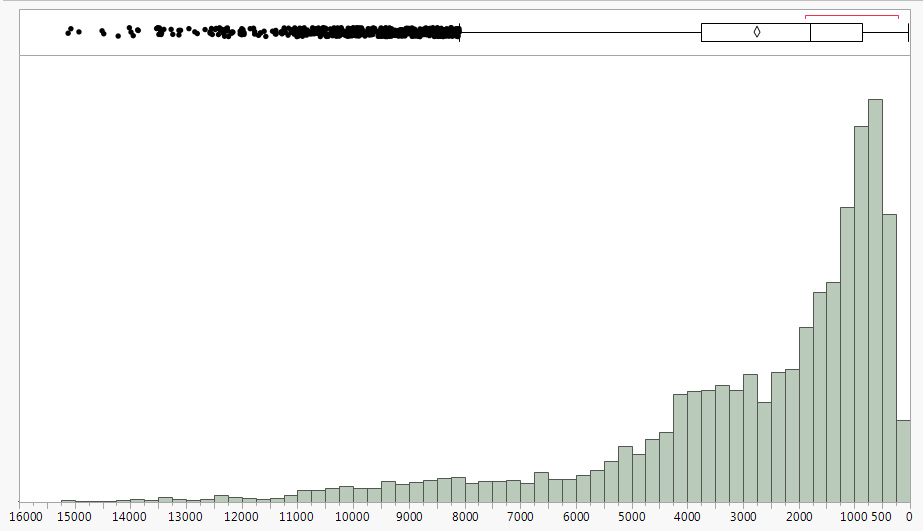
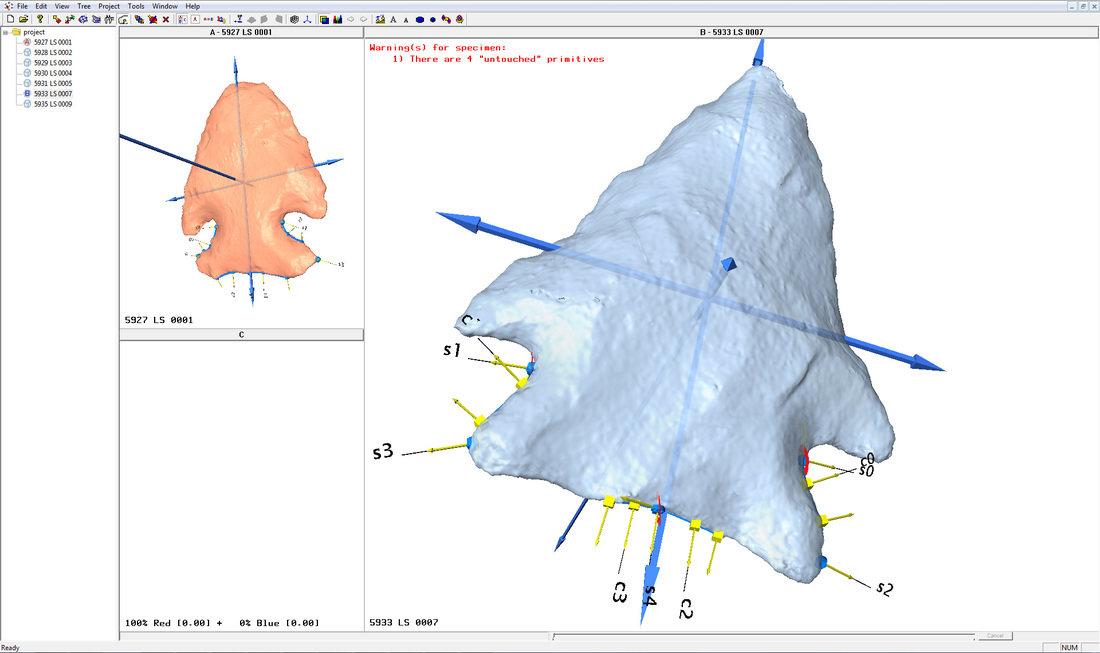
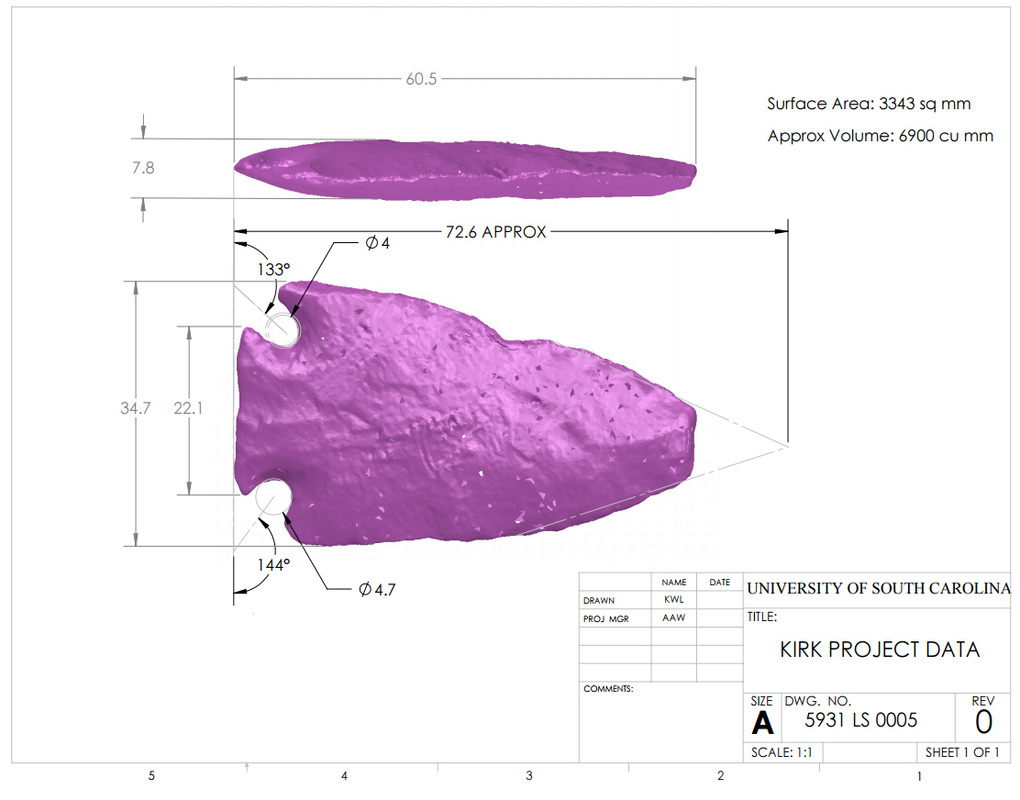
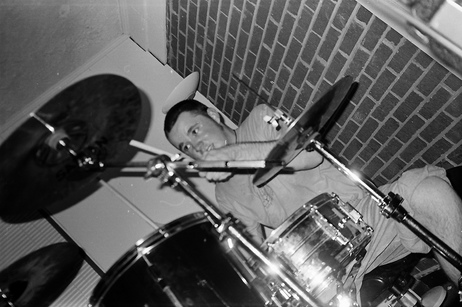


 RSS Feed
RSS Feed
